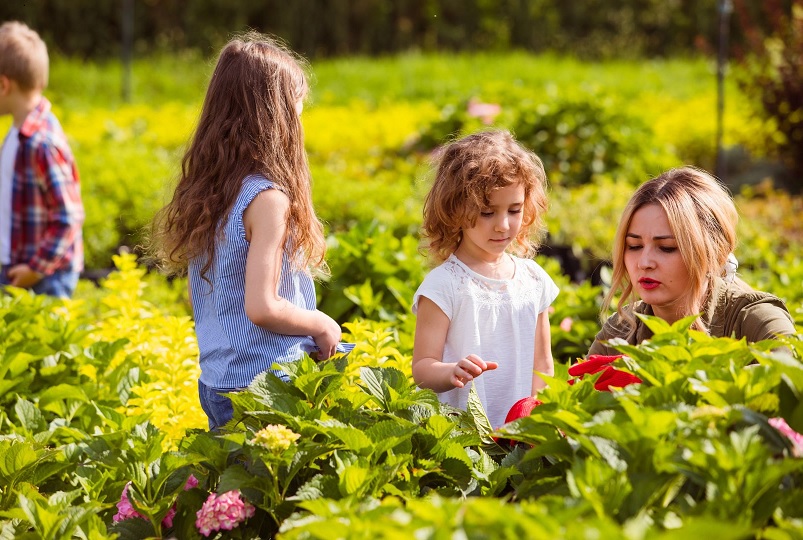
WILD EDIBLE PLANTS IN URBAN ENVIRONMENTS
Due to Coronavirus restrictions, people have rediscovered nature and returned to it. We now pay more attention to everything surrounding us, and plants are no exception. It is well known that plants perform many vital functions for us, such as holding the substrate and providing oxygen, but there is more to it: plants are an essential food source. We seem to have forgotten this fact in our new eating habits. It is why we will here concern ourselves with our WILD EDIBLE plants, which have been and are being so forgotten. Here are five species of plants that can be found near home and are edible:
1. Fennel – Foeniculum vulgare
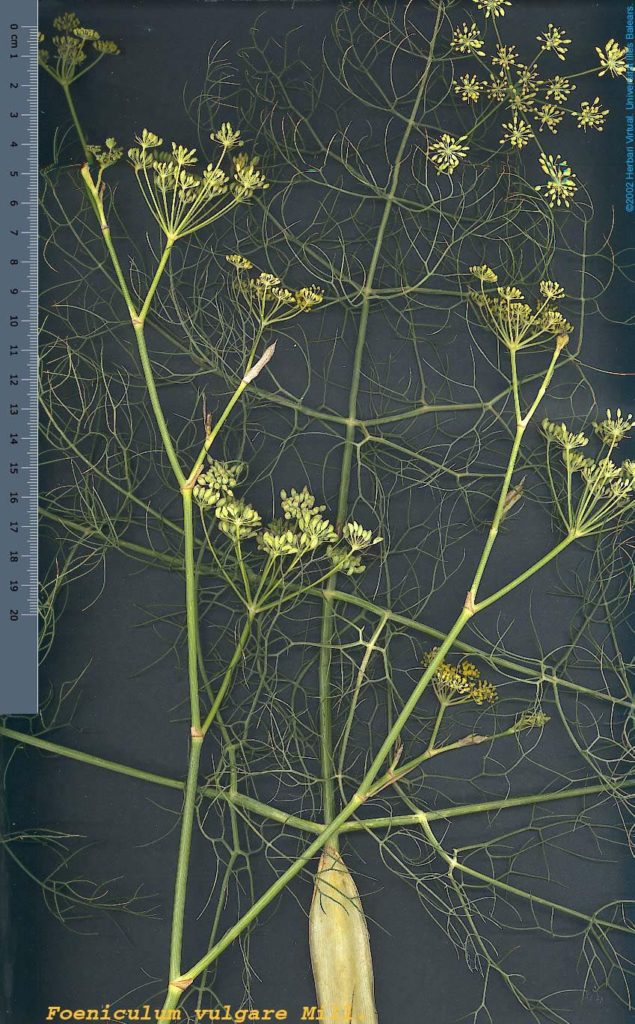
We can make a wide variety of products with fennel, such as oil and infusions, and eat their tender shoots battered, their seeds in salads, etc. We offer a couple of recipes below: vinaigrette with fennel flowers and fennel leaves soda.
- What does it bring? Fennel is an aromatic plan reminiscent of anise. It provides sodium, potassium, vitamins A, C, and B-6, iron, magnesium, and fibre.
- Harvesting: Leaves are available from summer to spring, and seeds and roots in autumn.
2. Stinging nettle – Urtica dioica
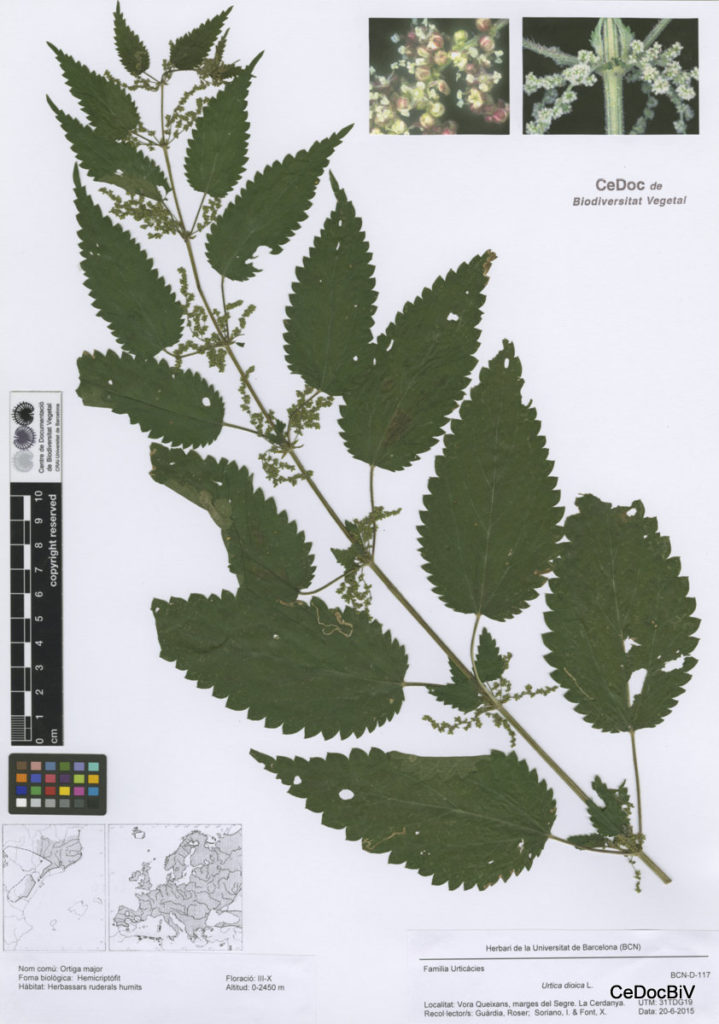
With nettles too, we can make many different recipes, such as sautés, omelettes, croquettes, soup, lasagnes, and quiches. Here is an easy nettle soup recipe.
- What does it bring? Source of calcium, magnesium, iron, manganese, folic acid, provitamin A and B-2, and especially of Vitamin K. Nettles are, thus, very nutritious. Of diuretic and purifying effects, nettles are generally used for anaemia and to prevent hair loss.
- Harvesting: Since it is also a cultivated plant, nettle can be found all year round. However, the best season for harvesting goes from spring to autumn.
3. Mallow – Malva sylvestris
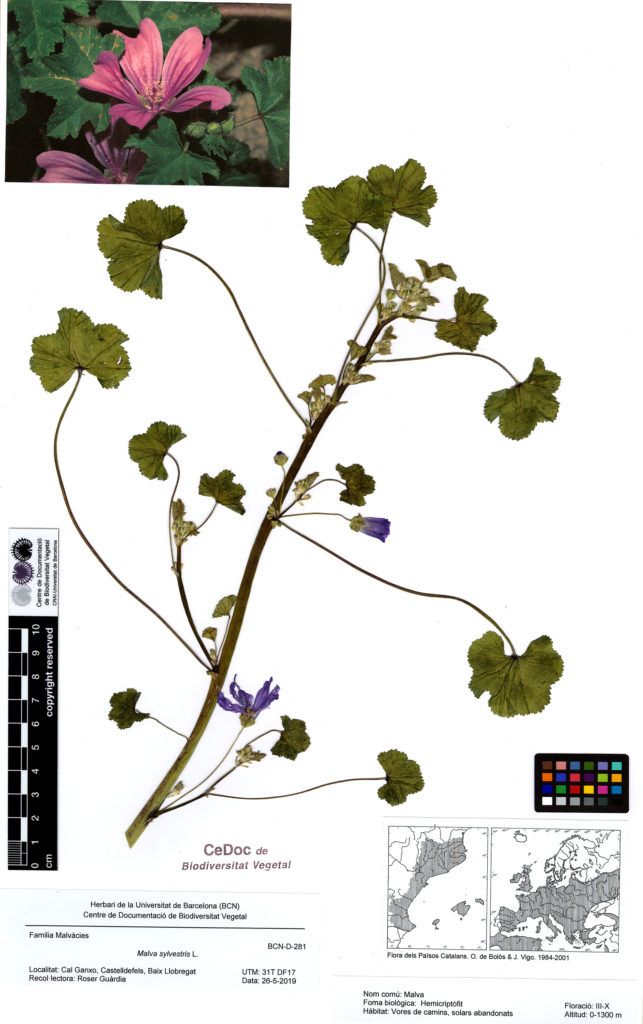
Mallow leaves are used for salads, soups, and creams, while flowers go in puddings and infusions. Leaves are not especially tasty, but flowers are more flavourful and softer. We offer you this recipe for mallow leaves and chickpeas.
- What does it bring? Mallow leaves contain fibre, vitamins A, B and C, mineral salts, and antioxidants.
- Harvesting: Harvest leaves from March to October before blooming. Mallow is found in wastelands, abandoned plots, and roadsides.
4. Strawberry tree – Arbutus unedo
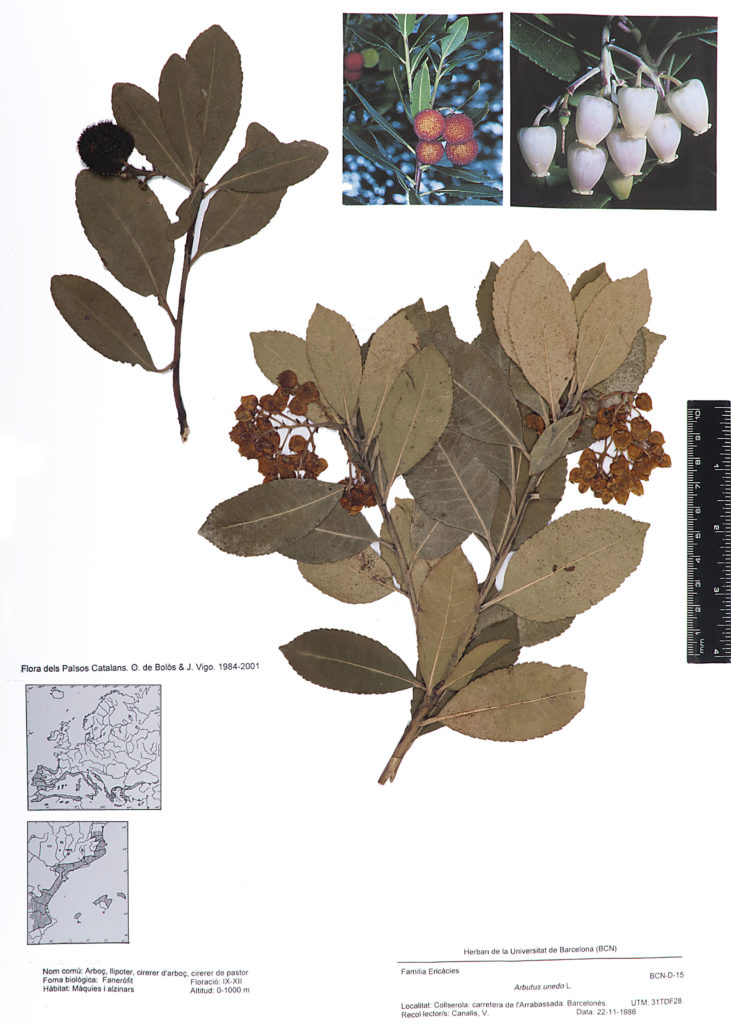
Strawberry tree fruit can be used to make preserves -as in compotes, jams, jellies, and syrups- sauces for meat or cheese, or as dried fruit or pâte. When very ripe, the berries may contain up to 0,5% alcohol due to sugar fermentation, but they can also be eaten fresh (usually only the inner pulp). Since we can use strawberry trees for cooking, here we offer a varied compilation of recipes with them.
- What does it bring? Strawberry tree fruit is sweet and rich in vitamins and anthocyanins. In addition, they have antioxidant and heart protection effects.
- Harvesting: Strawberry trees bloom in autumn, and berries are collected from October to December. It is easy to find this shrub among the typical Mediterranean vegetation, and it is easy to identify due to its characteristic fruit.
5. Borage (leaves, flowers and seeds) – Borago officinalis
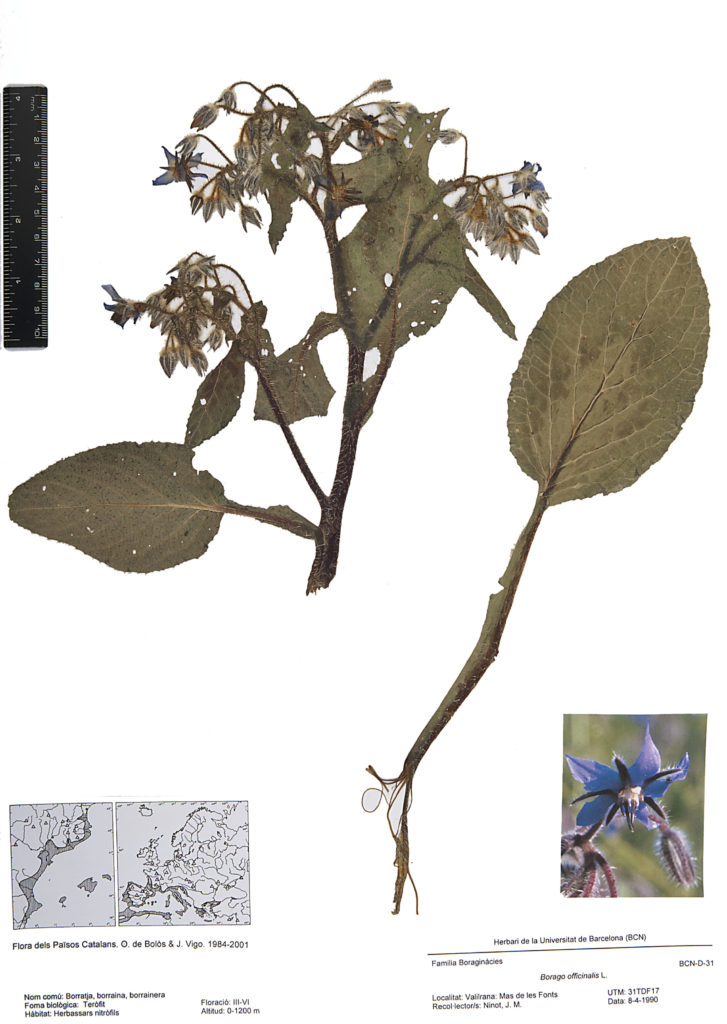
Borage is an edible vegetable. In the Mediterranean region, it is mainly consumed in salads, although it may be also used to make broth. Alternatively, leaves are frequently consumed boiled, battered, or fried. As to flowers, they are usually eaten in vinaigrette, battered or sugared. Here too we offer you a couple of recipes to try at home: borage stuffed with potatoes and parmesan cheese and, a protein-rich one, chickpeas, tofu, stinging nettle and borage.
- What does it bring? Borage is a source of fibre, carbohydrates, and vitamins. Some say it has diuretic and anti-stress properties
- Harvesting: From February to April. Seeds, from May on. Borage is easily found on roadsides and waste grounds and is easy to identify thanks to its characteristic blue flowers.
OK, BUT HOW DO I COOK A WILD VEGETABLE?
Which parts are edible? Generally, roots and tubers, leaves and stems, fruits and flowers may be consumed. However, what is edible depends on the species involved. Moreover, when we start using wild plants for cooking, we should be extra cautious to avoid health issues. To this end, it is wise to follow the indications below:
- Be sure to identify the plant correctly.
- Pay attention to quantities: you need to put the correct amount of everything, no more, no less.
- Check the adequate condition of the plant: no fungus or other parasite infections should be visually apparent.
- Do not collect plants from roadsides because they may have been trampled or urinated by dogs. In addition, roadside plants usually contain more nitrates.
- Some species secrete toxic substances, so you need to be careful not to touch them to prevent irritations. An example is the latex of the slender sowthistle (Sonchus tenerrimus).
- For any given species, check if there is a specific culinary treatment you need to use or avoid.
- Check if consuming a given species may worsen a condition we already suffer.
- Avoid cooking plants that have a sour taste.
- Some leaves and stems have tiny hairs that may irritate mucosae and the digestive tract. Be sure to avoid them.
- Do not harvest edible plants with dry, bad-looking, or withered leaves.
- Remember to wash the plant well before using it!
For all the reasons above, we advise that you consult an authorised handbook to learn more and avoid potential health issues.
ETHNOBOTANY: WHAT IS IT? WHAT IS IT FOR?
Ethnobotany has been variedly defined at different times and by different authors though in general, the following two definitions are usually proposed:
- From a general scientific point of view, ethnobotany is a discipline that studies the relationships between plants and human beings.
- From an anthropological perspective, ethnobotany refers to the ethnographic heritage associated with plants. In other words, it is a science that describes the plant-related costumes and traditions of the world’s peoples.
In the end, both definitions are two sides of the same coin since their common denominator is the integration of common and scientific knowledge (Luna-Morales, C., 2015).
One of the main goals of ethnobotany is to acquire knowledge of plants and their uses in traditional popular cultures. We must mention that the discipline has shown remarkable development in our country in the last decades. Indeed, Spain is one of the European countries with more scholarly ethnobotanical studies (Morales et al., 2011).
Until not so long ago, the oral transmission of that knowledge and the use of plants had a vital role in our survival. In other words, we needed to know which plants could provide certain fundamental services that were otherwise unattainable. Nowadays, however, those services are supplied by other means, and there is no need to use ethnobotanical knowledge. For example, if you have a sore throat, you take an antibiotic or an anti-inflammatory according to the doctor’s diagnosis. On the other hand, your grandmother or great-grandmother would probably give you a lemon thyme tisane.
That is why we know almost nothing about the uses of our plants. Moreover, there is a generational leap caused by rural depopulation, as well as certain sociocultural changes that block the oral transmission of traditional wisdom. As a consequence of this, we have lost a large part of our ethnobotanical heritage. We need to collect what is left urgently not only because we are losing the uses of plants but also because that knowledge is an essential part of each region’s identity and cultural personality (Pardo de Santayana, M & Gómez, E., 2002). It is important to note that such ethnobotanical knowledge is intangible to a large extent and has neither received enough attention from the academy nor great social appreciation until recent times, a fact that influences its loss.
Fortunately, ethnobotany is being promoted nowadays in popularisations thanks to institutions and organizations that work on the subject and, to a certain extent, because of the new interest shown by the academic world. This is very good news because ethnobotany could be a fundamental tool for biodiversity conservation (Morales et al., 2011).
Main uses of vegetables:
- Medicinal. Medicinal species have had an influential role in society, an obvious thing from the fact that some people’s health and survival would depend on them, the reason we find more vegetables with curative and palliative applications. In particular, in mainland Spain are known about 1,200 species, a little less than 15% of total Spanish flora (Morales et al., 2011)
Did you know there used to be a herbal medicine cabinet at every home, with those plants for treating the most common illnesses and complaints? Such ailments included colds, diarrhoea, stomach and intestinal ache, muscle pain, injuries, and haematomas. Thus, there existed a generalized knowledge of the matter. In addition, each area contained plants known only to healers, medicine men and women, or “people well versed in herbs”. There is evidence that some of these healers knew more than a thousand different medicines and thus were real experts on the matter. Even though those good people were not doctors, they treated a variety of ailments because they had empirical medicinal knowledge.
- Diet. Much more food products come from vegetables than we believe, beyond the fruits and vegetables that usually come to mind. There are also beverages (spirits and infusions), sweets (flowers and roots), preservatives, sauces, oils, and flours. Thus, there is a whole army of traditionally consumed wild plants that we do not use any more due to our lack of knowledge. Or maybe because they are absent from the current offer of the food industry. As a result, we consume only a low percentage of the world’s available edible plants, and this fact directly impacts biodiversity loss, as many plant species are no longer being conserved.
- (Phyto)cosmetics. Oils, creams, ointments, make-up, serums, toothpaste, shampoos, softeners, sun protection and exfoliants are some of the products we can create from plants collected in our immediate environment. Their preparation does not involve very complicated processes nor require much effort. You only need time and motivation. The most commonly used plants in this field are aromatic plants, such as mint, rosemary, etc.
- Other: For example, dyes and paint are made from pigments extracted from plants. Another use is botanical printing, i.e., by printing whole plants or parts of them on paper or fabric. There are also other applications, such as natural incense enriched with plants and essential oils. Finally, we add to the listing cleaning products such as detergents, which replace polluting products and in addition, we will eliminate plastic packaging.
WOULD YOU LIKE TO LEARN MORE ABOUT ETHNOBOTANY?
Here are the links to some entities and organisations to find out about the projects, activities and informative courses they offer:
- Associació Els Corremarges
- Associació Etnobotànica Rusticana
- Associació Flora Catalana
- Associació l’Era
- Col·lectiu Eixarcolant
- EtnoBioFic
- Institut Botànic de Barcelona
- Museu de les Trementinaires
Finally, we refer you to La Web Etnobotànica dels Països Catalans for learning about plant use, applications and their work on ethnobotany (Garnatje, T., Gras, A., Parada, M., Parada, J., Sobrequés, X., Vallès, J., December 2020) and to this interesting web page for more content on the matter.

